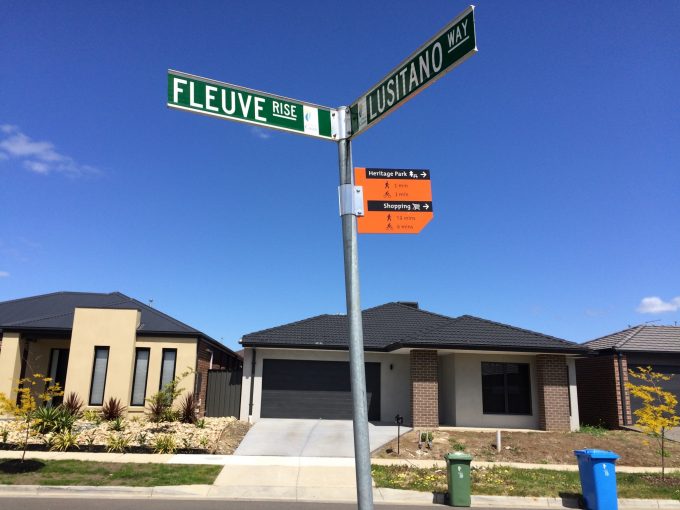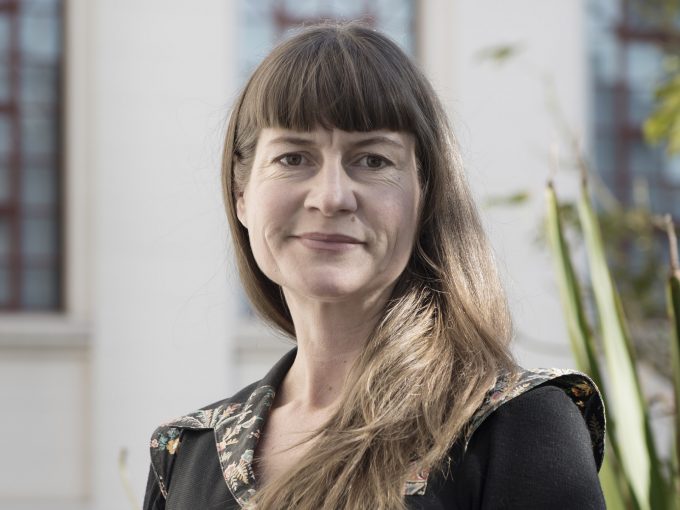Connectivity to public transport with job prospects close by is integral to improving the health and wellbeing of residents in developing fringe growth areas, according to new research.
In an Australian first, the five-year study funded by VicHealth and undertaken by RMIT Centre for Urban Research academics Dr Cecily Maller and Dr Larissa Nicholls, looked at how key design features of Selandra Rise, a housing development in Melbourne’s south east growth corridor, could impact the health and wellbeing of residents.
In collaboration with Stockland, the Metropolitan Planning Authority, the City of Casey and the Planning Institute of Australia, the project researchers interviewed and surveyed residents before and after moving to the community, finding that nearly all residents reported Selandra Rise was a good place to live.
However, there were high levels of dissatisfaction about long commutes to work that increased over the study period, negatively impacting residents’ health.
According to lead researcher, RMIT Vice Chancellor’s Senior Research Fellow Dr Cecily Maller, the project did not initially start out to study transport as a social determinant of health, yet it was revealed to be one of the most important aspects of trying to build a healthier community.
“The biggest challenge facing Selandra Rise residents is the long daily commute to work which took time away from residents who wanted to exercise more and participate in the social activities in their community,” Maller said.
Dr Larissa Nicholls said the lack of efficient transport infrastructure and access to local employment opportunities severely undermined attempts to improve health outcomes by providing amenities and services within the development.
“The lack of paths for walking and cycling between Selandra Rise and other nearby destinations in the area limits the variety, length and exercise routes available to residents – this is a missed opportunity for supporting regular exercise,” Nicholls said.
Maller said satisfaction with public transport improved with the early delivery of the number 798 bus three years into the study, which provided important transport access for those who did not drive or were without a car.
“New communities cannot be developed as islands in suburbia or as self-enclosed places – they need to be connected in a variety of ways which include robust transport links to neighbouring communities and the community infrastructure around them such as shops, as well as to major employment and service centres in Melbourne.”
According to Maller and Nicholls, strong integrated planning is achieved by long-term, sustained partnerships with shared goals in the planning, designing, building and evaluation of new communities.
“Broader partnerships involving multiple levels of government, health and planning authorities, developers and service providers, along with whole-of-government strategy and coordination, are required to ensure integrated planning for the health and wellbeing of communities of the future,” Nicholls said.
“These type of partnerships, as trialled in the Selandra Rise Project, achieved the creation of a community centre, a school and a park before or around the time the first residents moved in,” Maller said.
“Additionally, public transport via a bus service was delivered in three years – well before standard business practice of about five years.
“The research demonstrates the importance of delivering facilities and services early, and how vital it is to get integrated planning right from the beginning of residential development to connect communities and promote health.”
A copy of the research highlights is available online.
Originally published on RMIT News.





